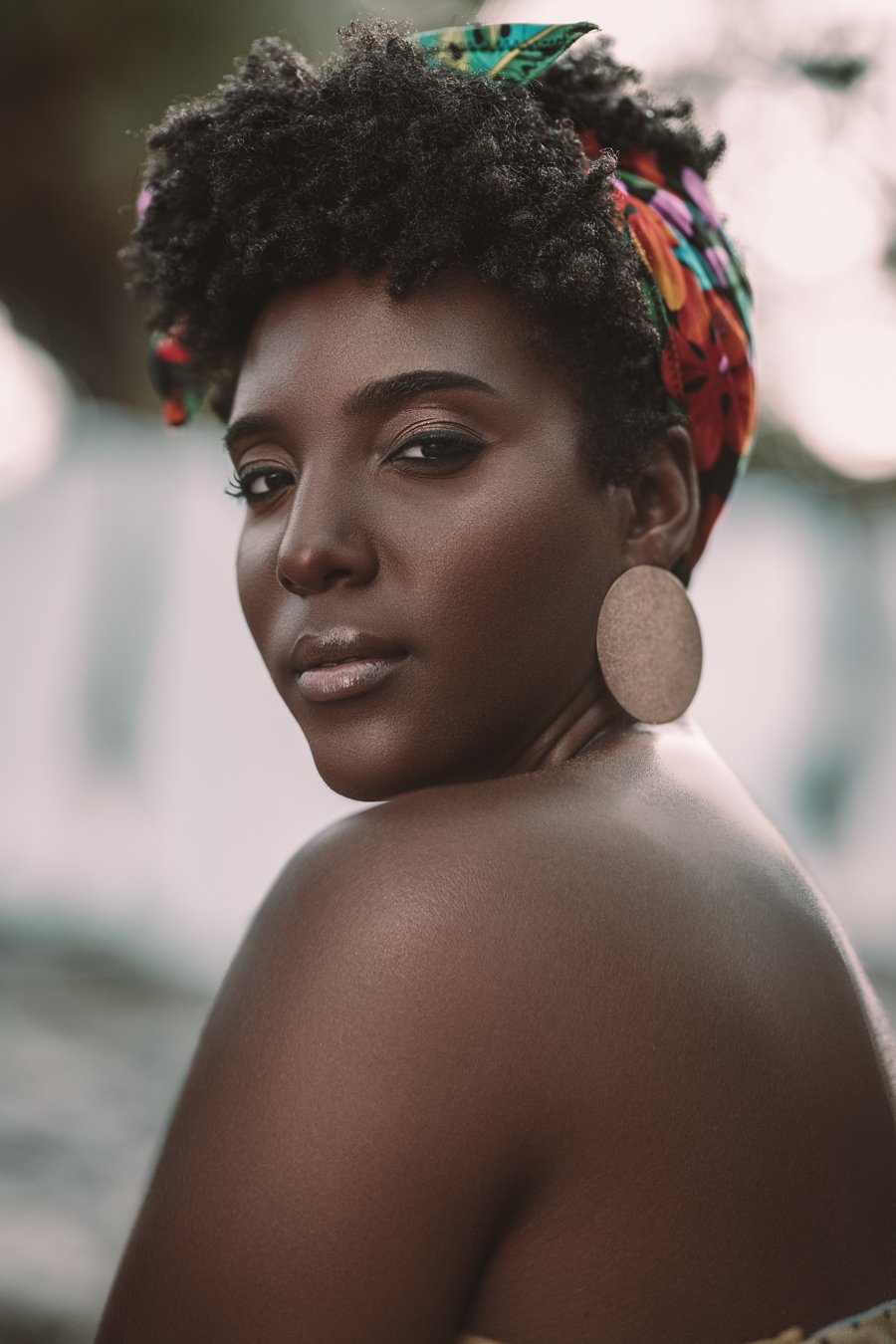OLDE TOWNE LADY is a series that brings the stories of different generations of Bahamian women out of the shadows and analyzes how they collectively contributed to the culture and traditions that are common and upheld in our Bahamian society today. We aim to theorize and construct the historical knowledge of Bahamian Women through Oral Histories and Creative Interpretations.
These women existed in everyone’s family, but their narratives are often overlooked and under-valued. They carried out the underappreciated and undermined labor that was key to sustainable development and the well-being of the family and community. They also protected and transmitted the cultural and social heritage of The Bahamas, with hopes that their labor and stories were not in vain.
Francine is a Co-Principal of The Heritage Partners - a professional services agency specializing in Heritage branding, research, and management.
SHE’S ROYAL
However, to put on a more dignified or elegant appearance. slaves had to fend for themselves. A large part of the small sums of money earned through extra work or selling produce went in purchasing a pair of shoes and at least one set of decent clothing for dances, funerals, or church-going...for the women, a dress and petticoats of good East Indian cotton, a colourful handkerchief for head ties.
Islanders in the Stream: A History of the Bahamian People. Vol. 1, from Aboriginal Times to the End of Slavery. Athens, University Of Georgia Press, 1999.
CHURCH LEADER
Despite the predominance of men as priests and pastors, all churches provided opportunities for women to participate, enhance their respectability, and even lead. In the Anglican and Methodist churches alike, women outnumbered men as Sunday school teachers, and they were invaluable in organizing annual bazaars, fete, and other fund-raising functions.
Craton, Michael, and Gail Saunders. Islanders in the Stream: A History of the Bahamian People. University of Georgia Press, 1998.
BLACK WOMEN SUSTAIN COMMUNITIES
Far fewer women worked as plantation laborers, and most of the men became transients, living in barracks or strange villages during crop-time and being unable to form permanent or stable attachments while women provided the only permanence and stability for children.
Craton, Michael. “Changing Patterns of Slave Families in the British West Indies.” Journal of Interdisciplinary History, vol. 10, no. 1, 1979.
SHARING AND BARTERING
As in Africa, marketing played a large part in the lives of all black New Providence “villagers, and most of the vendors were women. Some sold vegetables and fruits from door to door, others from small stalls outside their yards, at the end of their lanes, or in Grant’s Town small formal market.
Craton, Michael, and Gail Saunders. Islanders in the Stream: A History of the Bahamian People. University of Georgia Press, 1998.
SUBSISTENCE FARMING
The slaves themselves (of whom three-quarters lived at Clifton) had twenty-two family allotments, totalling sixty acres, well planted in-ground provisions. Though much of the area on each farm was "white land" or swamp, and the slaves' provision grounds were not in the best locations, it was possible for a family to sustain itself through the labor of the women and children alone, and the more industrious families produced considerable surpluses for the market in Nassau. Islanders in the Stream: A History of the Bahamian People. Vol. 1, from Aboriginal Times to the End of Slavery. Athens, University Of Georgia Press, 1999.
FROM FIELDS TO FORTUNE
Similarly, the more fortunate and industrious slaves would boast a pitiful handful of extra possessions and marginal luxuries: scissors and dressmaking materials, some specialist tools, a glass or two, and some chinaware (some of it cracked or chipped and passed on from the master), a mirror, combs and trinkets, and a store of clay pipes (which were smoked by women and men alike when they could). Islanders in the Stream : A History of the Bahamian People. Vol. 1, from Aboriginal Times to the End of Slavery. Athens, University Of Georgia Press, 1999.
SEE THE FULL GALLERY
WATCH THE BTS VIDEO
SHOOT CREDITS
Model: Francine Russell
Photographer: Scharad Lightbourne
Stylist: Shan Oliver
Dress Designer: Theodore Sealy
MUA: Ruth Ash Rolle
Hair: Jamell Dawkins
Video: Tony Williams
Video Editor: Craig Walkine
BTS: Rayandra Nairn
Kid Model: Dane Marshall
Male Model: Ricardo Hepburn @DR3amMEdia
Contributors: Dru Hepburn / Maria Hall
Special Thanks
The National Art Gallery of The Bahamas
The Heritage Partners
UB Art Students




















